Language learning apps like Duolingo can only get you so far. Books are a great way to dive into a new language. After picking up some basic vocabulary, I started using my Kindle (or any eBook reader) with ChatGPT to turn passive reading into active learning.
Build an Interactive Vocabulary
The highlighting/annotation feature on Kindle is invaluable while reading a book. When I started learning Spanish, I chose the Spanish version of a Kindle book I enjoyed in English as a child (The Adventures of Tom Sawyer). You can start with a simple book, too. Look for bilingual editions so you can compare the vocabulary.
As I read, I highlighted unfamiliar Spanish words or phrases whenever they stumped me. I looked them up by switching Kindle’s Dictionary to Spanish to English and setting up the Translate tool.
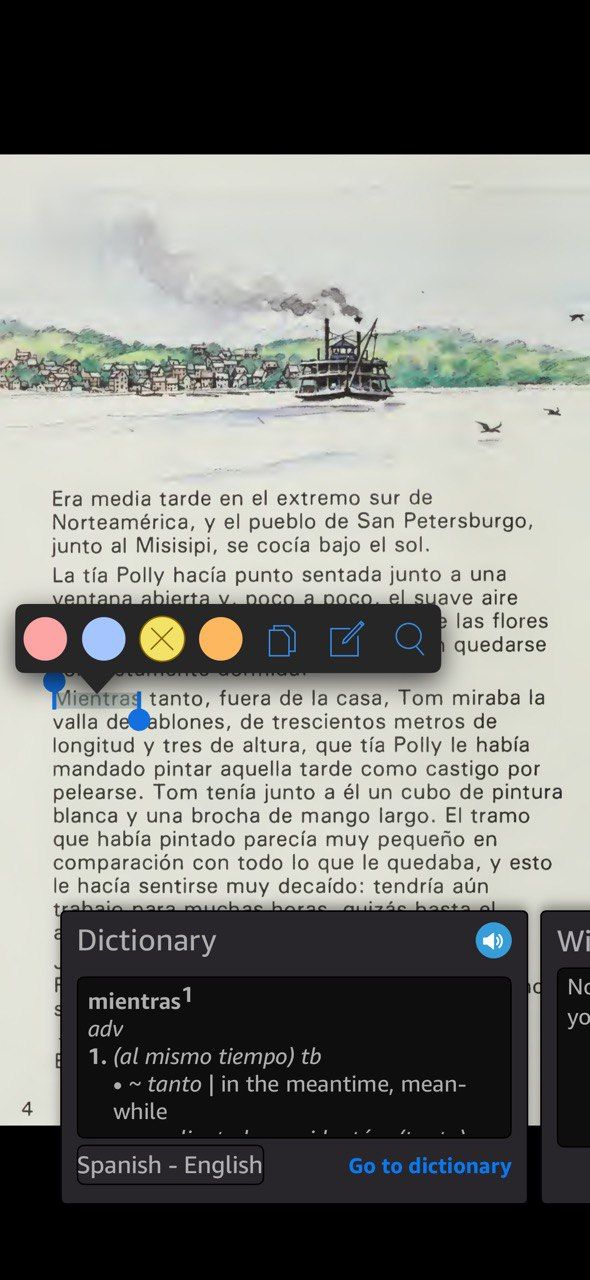
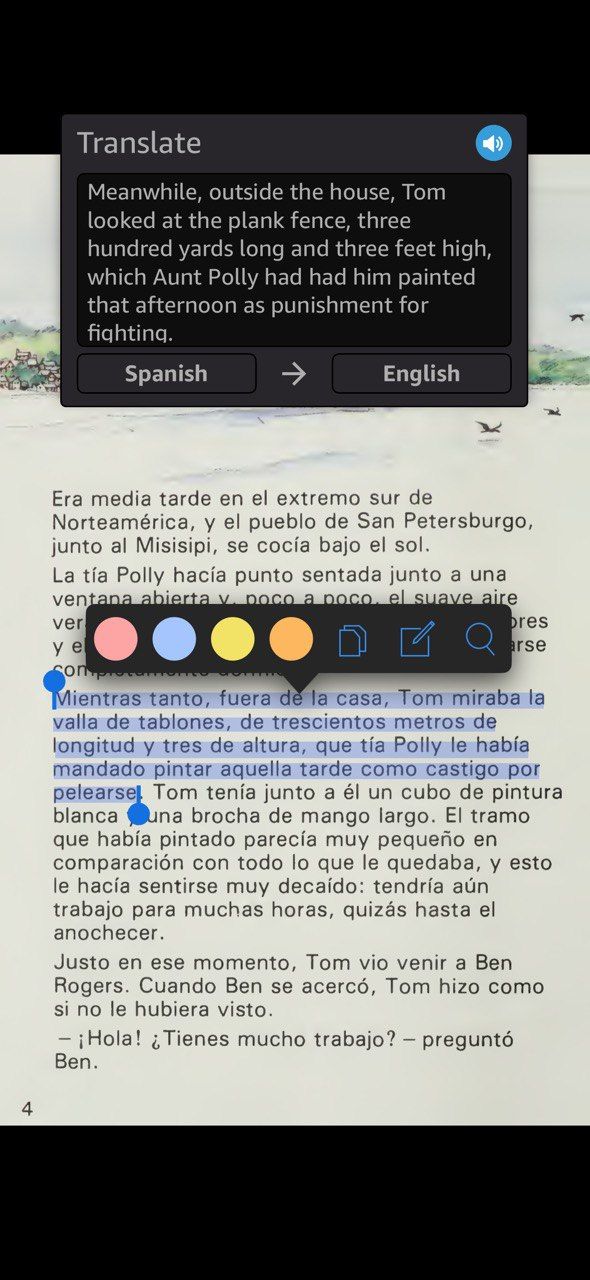
Instead of storing these words in a static list, I copied them into ChatGPT. Then, I prompted it to explain meanings, provide example sentences, and describe the nuances of each word. For instance, when I came across “mientras tanto,” I typed:
Explain the phrase “mientras tanto” and give me three example sentences.
It helps that you can prompt ChatGPT to go beyond dictionary definitions. It showed me how native speakers use the word in different contexts, which helped me remember it better. This approach transformed vocabulary learning from rote memorization into meaningful connections I could recall naturally.
As always, ask ChatGPT to become the expert for the best responses.
While a Kindle has its advantages, you don’t have to use it for learning a new language. As ChatGPT isn’t integrated into Amazon’s eReader, any other eReader will work just as well.
Use AI as a Tutor for Complex Sentences
As language learners, long sentences are tough to grasp. With Kindle, I copy entire tricky sentences and paste them into ChatGPT for help. One simpler way to lessen your struggles is to ask ChatGPT to simplify it step by step. The patience to work through it will be yours alone.
Explain this sentence in simple English and point out any grammar rules I should notice.
ChatGPT breaks it down, showing me how each part works and giving me simpler examples. As in the real world, a personalized tutor makes complex grammar feel less intimidating. Instead of guessing or skipping hard passages, I could dig in and understand the structure.
This coaching is helpful because you can then learn grammar in context, tied to the stories you are reading.
Combine for Shadowing and Pronunciation Practice
Reading is only part of language learning for me. With foreign languages, pronunciation and speaking are always more challenging. I started using ChatGPT to get phonetic spellings and tips for pronouncing difficult words and sentences I found in the Kindle book.
For example, I would ask:
How do I pronounce [this Spanish word]? Please provide a phonetic transcription and tips on tricky sounds.
While ChatGPT can’t create audio recordings directly, it can guide you to some excellent resources where you can hear native speakers pronounce the words or phrases. I pair this practice with audio from Kindle’s Translate or YouTube videos of native speakers.
With some tools, you can slow down the speech, which helps. Then, I shadow practice by mimicking rhythm and intonation. Although Kindle doesn’t have native audio for every book, ChatGPT can fill that gap with some pronunciation guidance.
Ask ChatGPT to Role-Play a Conversation
I noticed that memorizing vocabulary wasn’t enough if I didn’t use it actively. To solve this, I used ChatGPT’s Live Voice to role-play with live language translations.
I try roleplaying with a character from the book to make it more interesting. For example, I ask it:
Let’s role-play a conversation with a character from The Adventures of Tom Sawyer. Use these words: nino, escuela, small, dia, Iglesia, grande, rio…
When prompted, ChatGPT let me choose a character, prompting me to reply and guiding the dialogue naturally. It can be any variation of the above prompt. Have fun with this. This interactive exercise gave me real-life practice without feeling self-conscious. It also highlighted gaps (sometimes, massive) in my knowledge, which I could immediately work on.
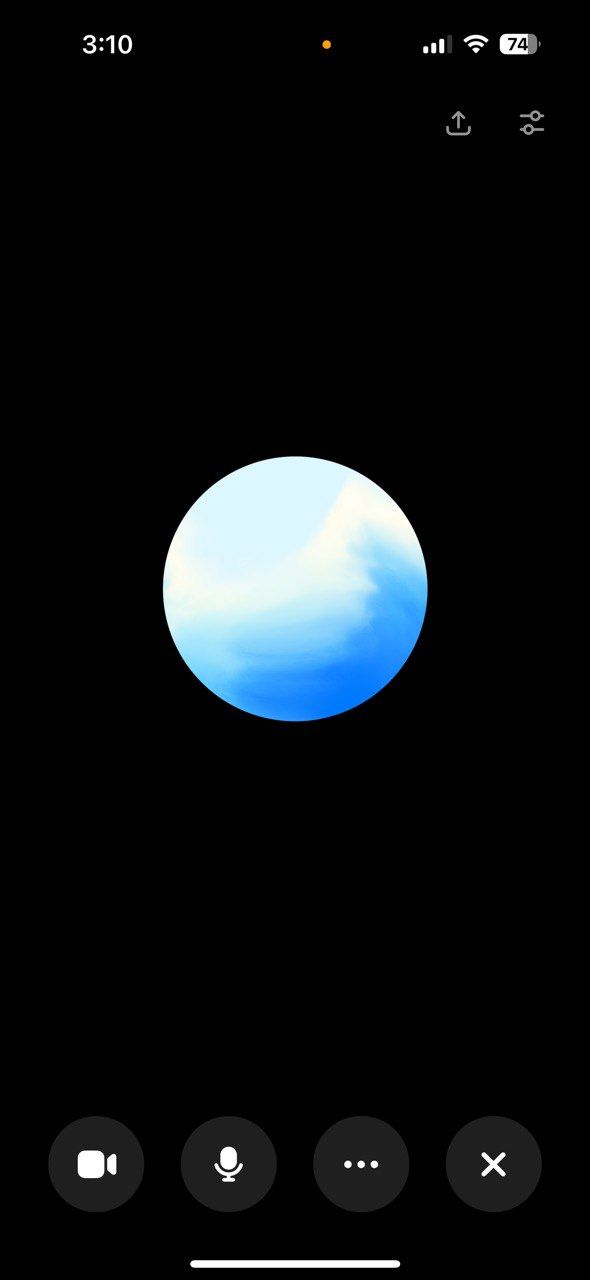
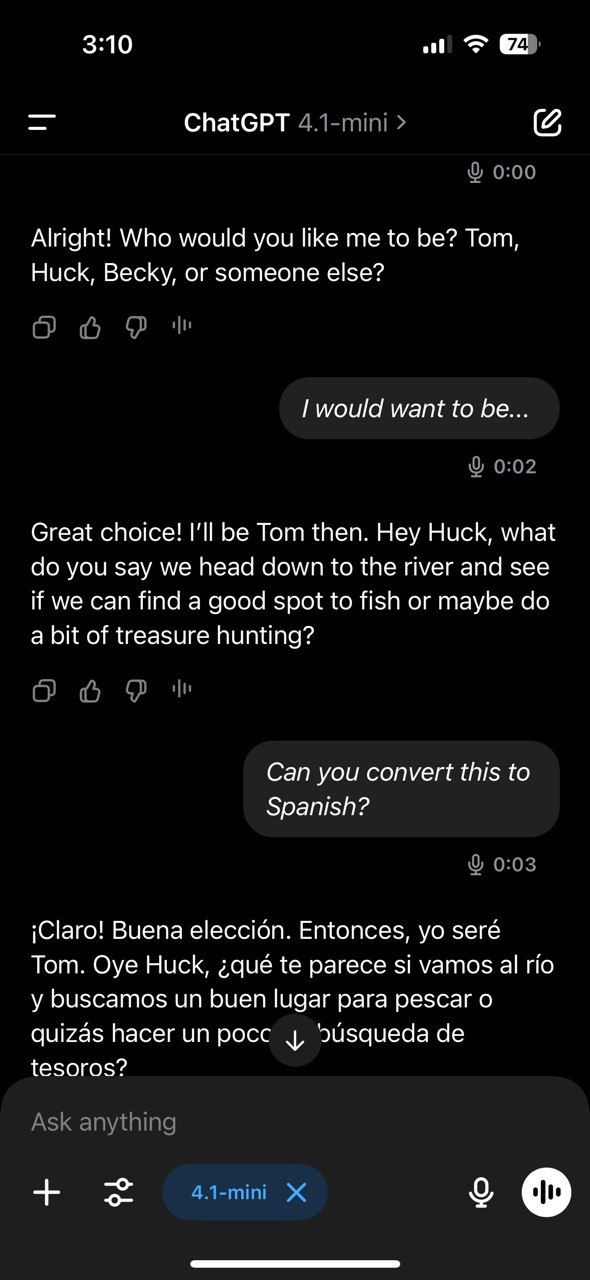
Role-playing made my language learning sessions lively and practical. I found it easier to remember vocabulary when I applied it in context rather than just reading or writing.
Generate Quizzes and Flashcards from Your Highlights
To reinforce what I learned, I turned my exported Kindle highlights into quizzes and flashcards using ChatGPT. I asked it to:
Create a 10-question multiple-choice quiz based on these Spanish words: [list of words].
Or:
Make flashcards with the Spanish words and their English meanings from this list.
These quizzes tested me regularly and forced active recall, which boosted my memory much more than rereading. The flashcards helped me review on the go, fitting into short breaks during my day. Of course, you have to create the flashcards manually or in an AI flashcard generator.
Sometimes, I asked ChatGPT to space out quizzes for better recall, so I would revisit tough words multiple times. You can prompt ChatGPT to follow the principles of spaced repetition. The system isn’t completely perfect, but even an imperfect system can keep your vocabulary fresh.
Combining Kindle and ChatGPT is changing how I approach language learning. Kindle gives me engaging stories and easy tools to capture new words and sentences. ChatGPT makes it richer with explanations, personalized practice, and interactive tools that keep me motivated and confident.
There are several other ways to use ChatGPT to learn a new language. If you’re self-studying, this method lets you learn at your own pace without traveling and immersing in the culture.


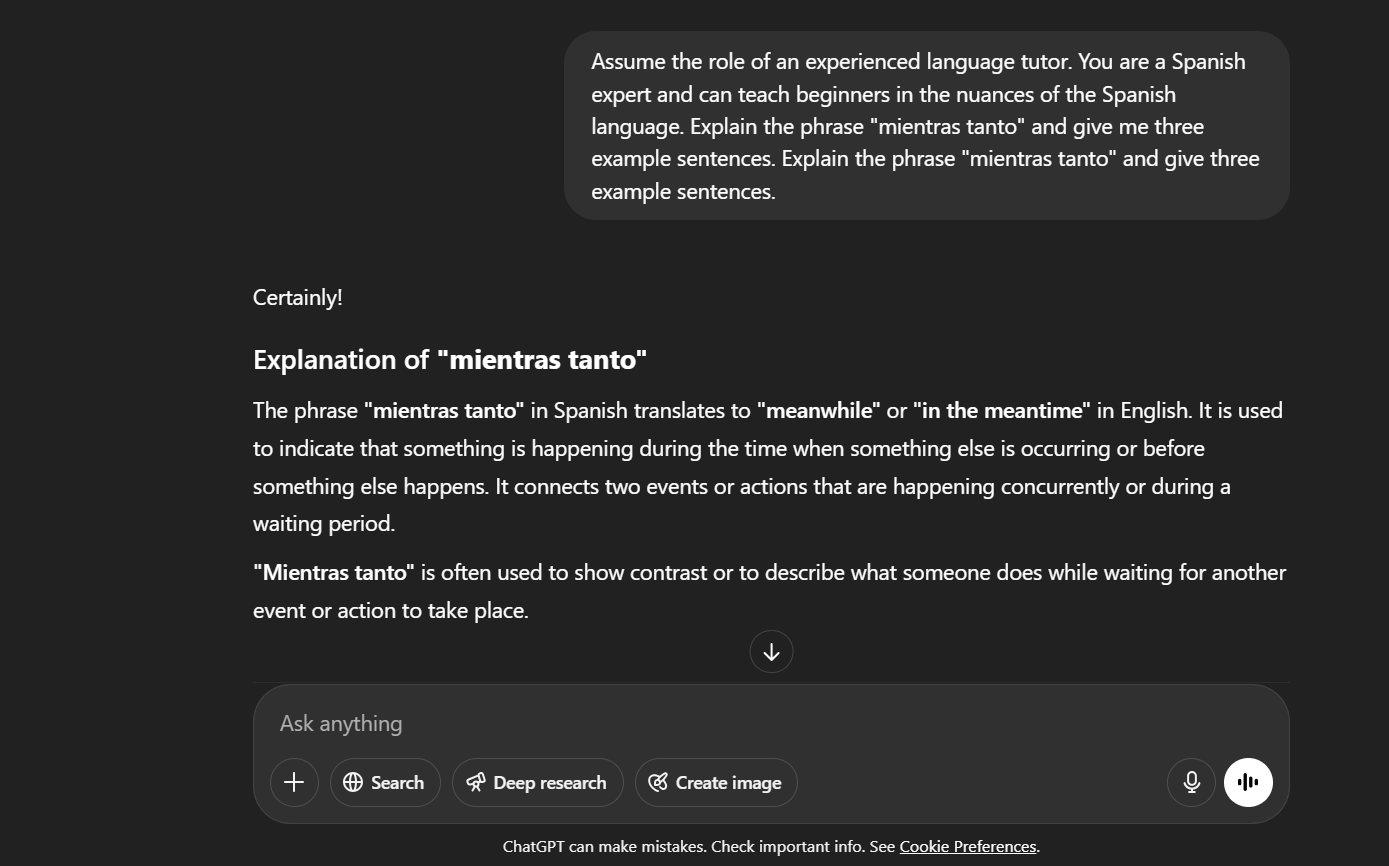
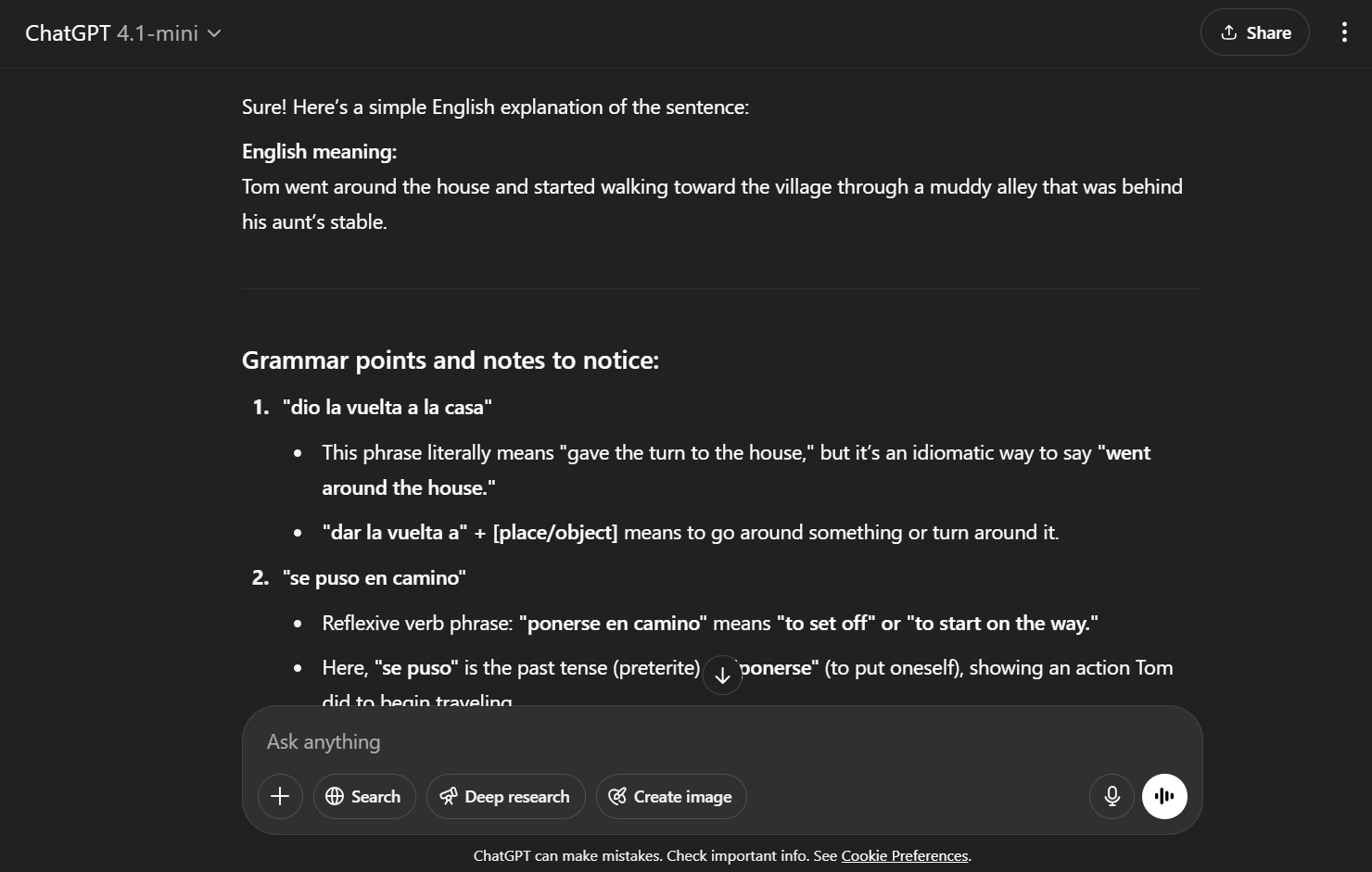
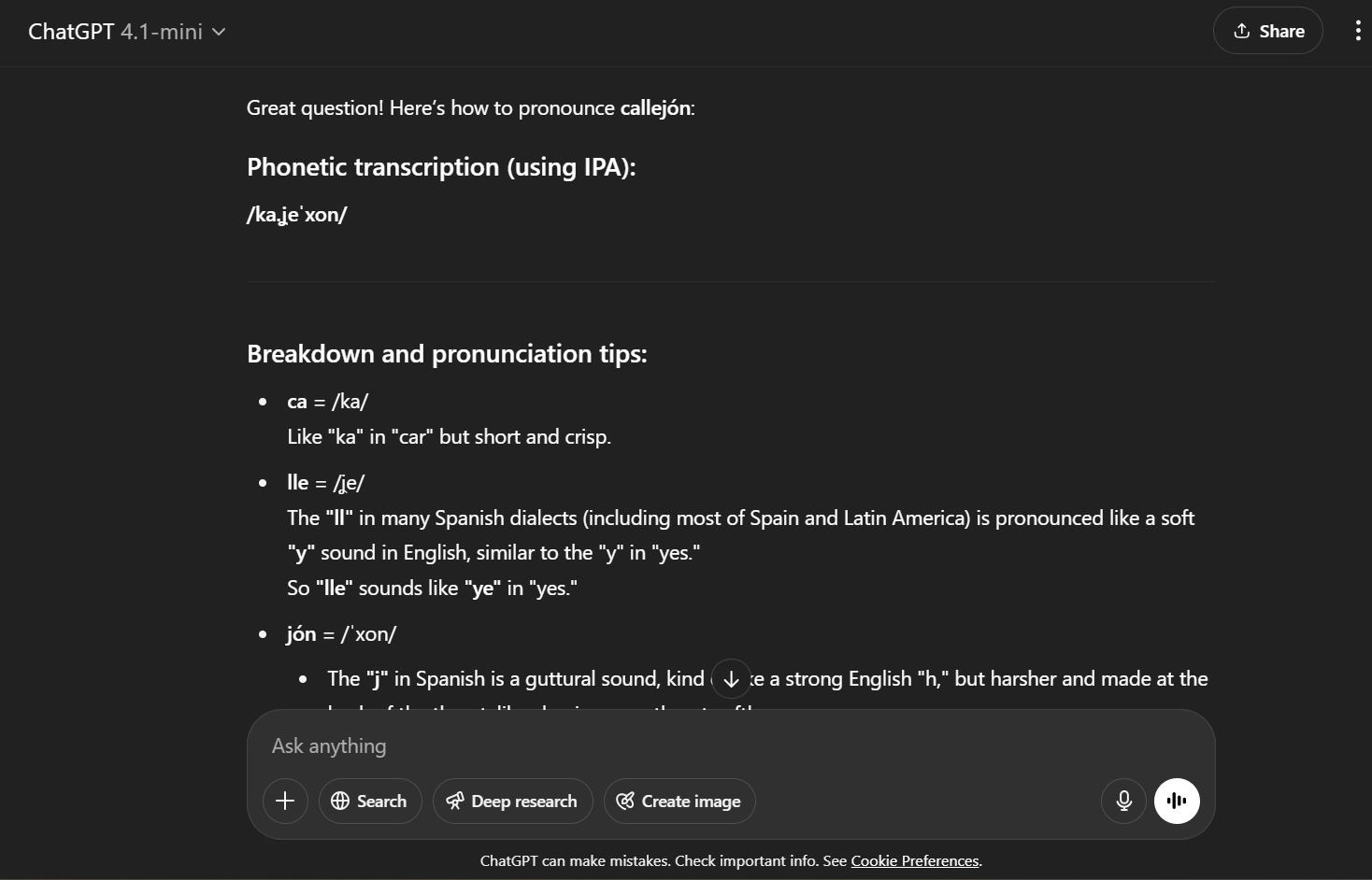
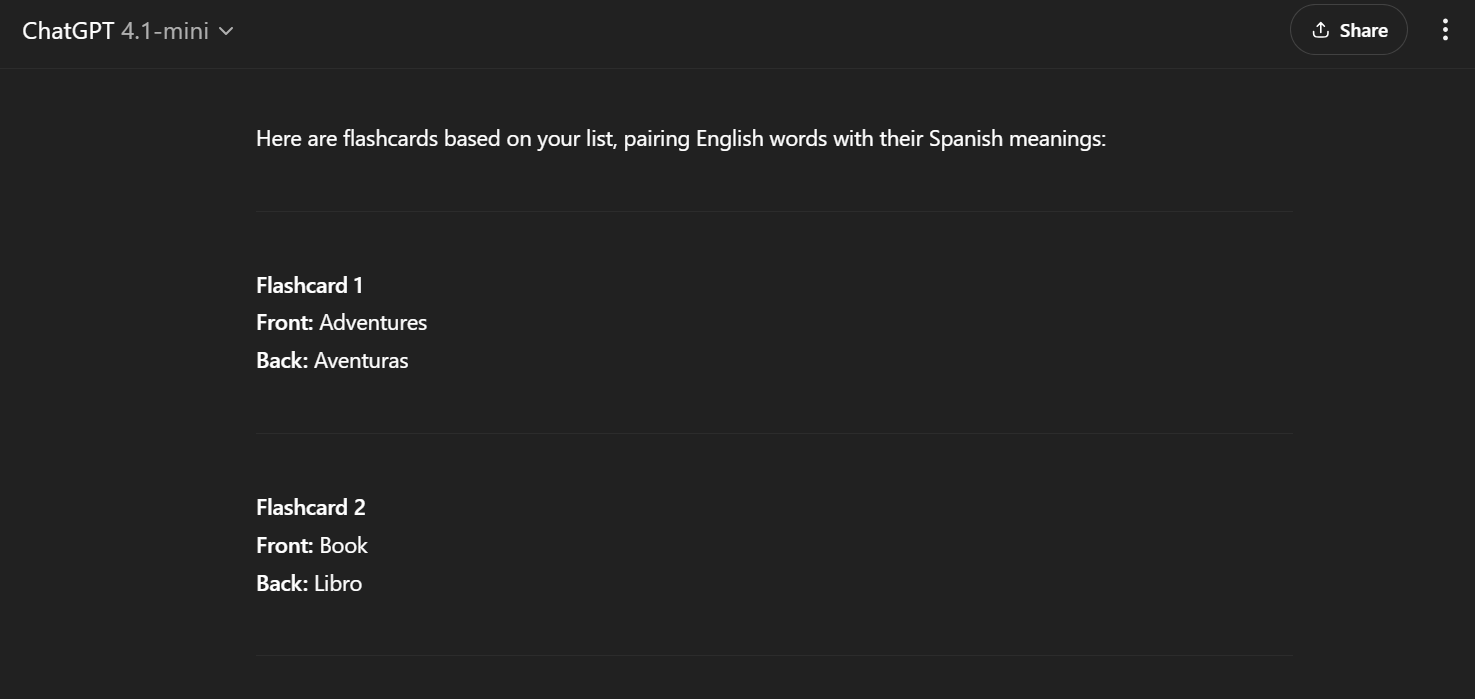
:max_bytes(150000):strip_icc()/how-to-fix-it-when-mobile-data-is-not-working-on-a-samsung-8bad7aa98c6b4a7d9457125309b9540c.jpg?w=1174&resize=1174,862&ssl=1)


:max_bytes(150000):strip_icc()/GettyImages-532031035-7887eba55093486880c9d08fa7e55658.jpg?w=1174&resize=1174,862&ssl=1)

Leave a Comment
Your email address will not be published. Required fields are marked *